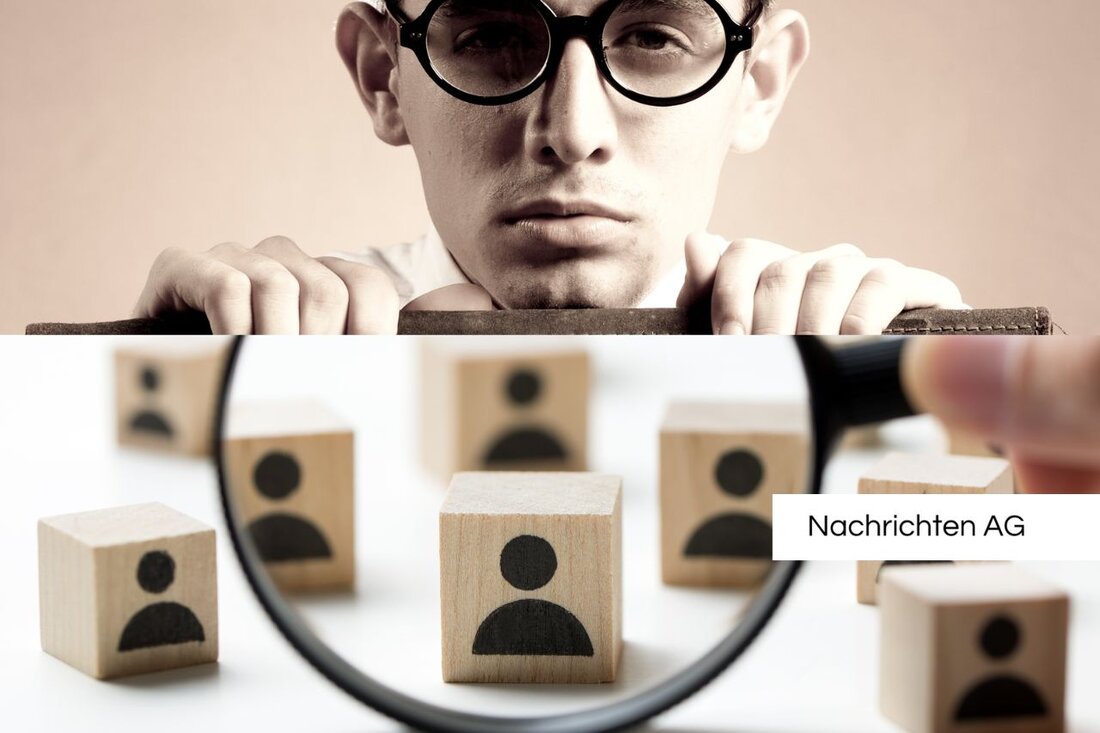Vienna relies on hydrogen: start new e-buses in September!
Vienna relies on hydrogen: start new e-buses in September!
From September 2025, the first ten electrical-powered hydrogen buses (E-H2 buses) will be used on lines 2a and 3a in Vienna. According to the Viennese lines, these buses are produced by the Italian manufacturer Rampini. The innovative fleet aims to promote emission -free public transport in the city and relies on hydrogen, which is obtained from renewable energies. The supply of hydrogen is provided by Vienna Energy, which operates an electrolysis system in order to produce the "green" hydrogen required on site. The bus stops on the Wiener Netze campus are used as a gas station for the new vehicles.
The E-H2 buses offer an extended range compared to conventional electric buses and require less frequent charging. This development is an important step towards climate neutrality, since Vienna plans to be climate -neutral by 2040. As part of this project, the Viennese lines together with the Ministry of Innovation, Mobility and Infrastructure and the EU will invest around 12 million euros in purchase and maintenance of the new buses.
technical data and environmental impacts
The new hydrogen buses are fully air-conditioned and offer space for up to 42 passengers, including 13 seats and 28 standing room as well as a combination space. You have the following technical specifications: a length of 8 meters, a width of 2.2 meters and a height of 3.25 meters. The fuel cell is 30 kW, the traction battery has a capacity of 175 kWh. The buses are equipped with an electric central engine that performs 230 kW of power. In addition, they have three hydrogen tanks on the roof with a total capacity of 15 kg, which enables them to reach at least 250 km.
meaning of the hydrogen drive
The use of hydrogen drive in public transport is not only recognized in Vienna, but worldwide as an important step for decarbonizing the traffic sector. Emission-free public transport from renewable energy is considered centrally to reach the net zero destinations. Hydrogen fuel cell technologies, as developed by companies like Ballard Power Systems, enable the quiet and emission-free operation of heavy commercial vehicles. These technologies have increasingly proven themselves in recent decades; Since the late 1990s alone, over 200 million kilometers have been covered with hydrogen fuel cell buses.
So far, around 30 governments around the world have passed hydrogen strategies. These measures are supported by programs such as Inflation Reduction Act in the USA and the "Fit for 55" initiative in the EU, which aim to exit vehicles with an incinerated engine. Based on these developments, the market shows growing demand for hydrogen applications in public transport and in freight transport.
The Viennese lines not only rely on the latest technology, but also make an active contribution to the energy transition and to promote sustainable mobility in Vienna.
Further information on the upcoming hydrogen buses can be found on the website of the Wiener Linien .
For a global context around the hydrogen drive and its implementation in the transport system, interested parties can experience more on
Wiener lines also regularly report on progress in this exciting development, which you can follow on your
| Details | |
|---|---|
| Ort | Wien, Österreich |
| Quellen | |


Kommentare (0)